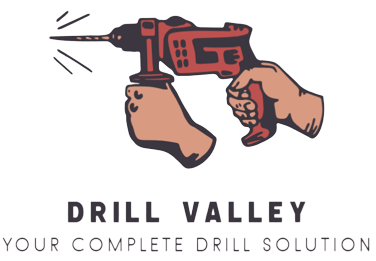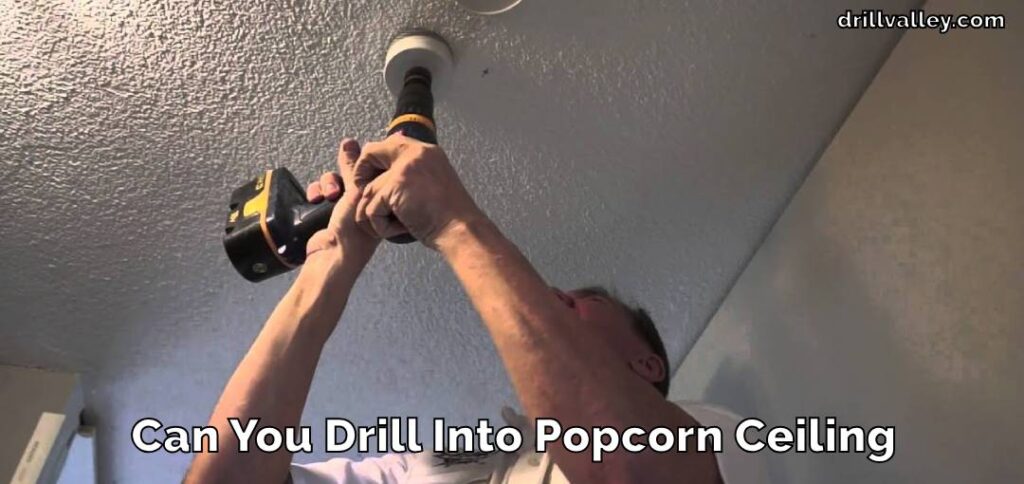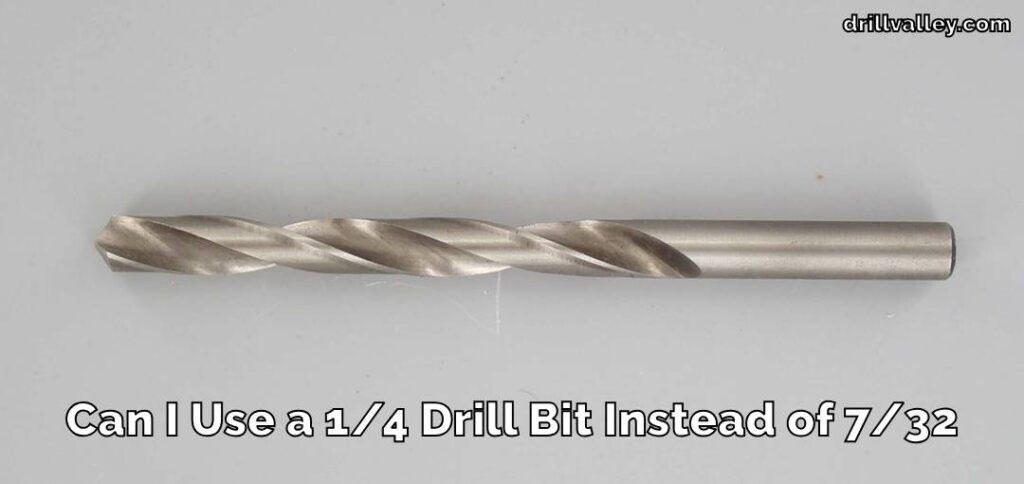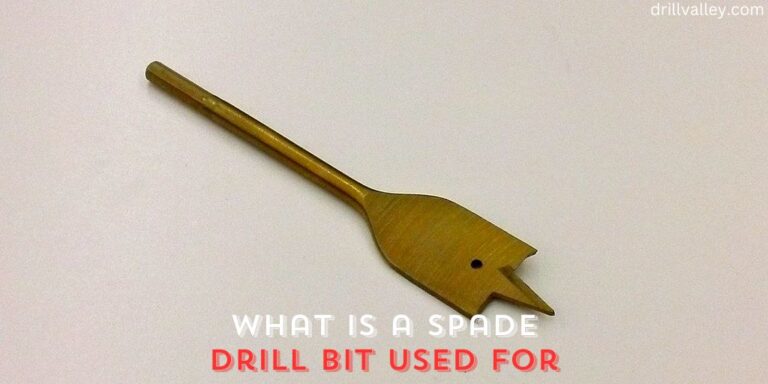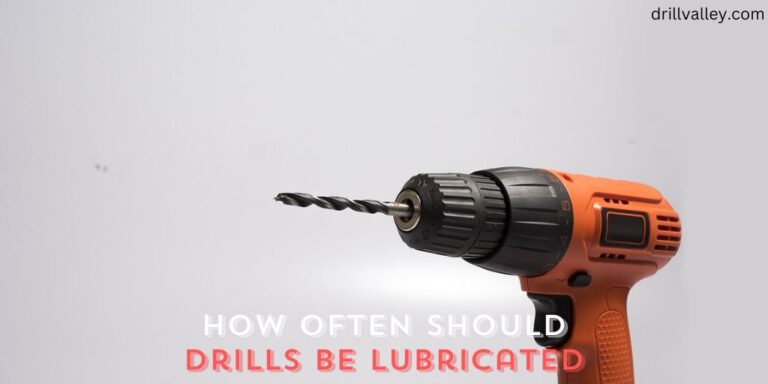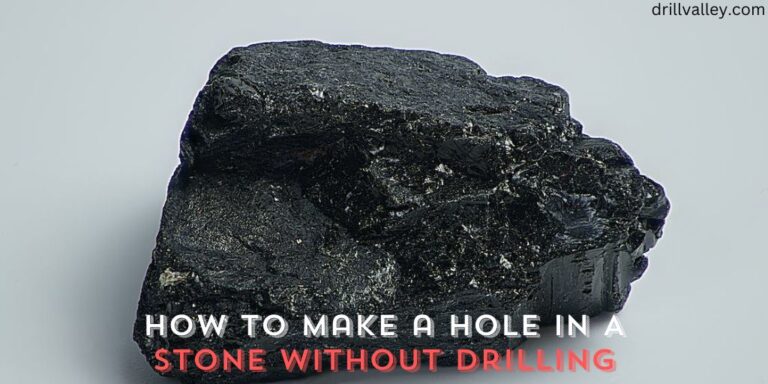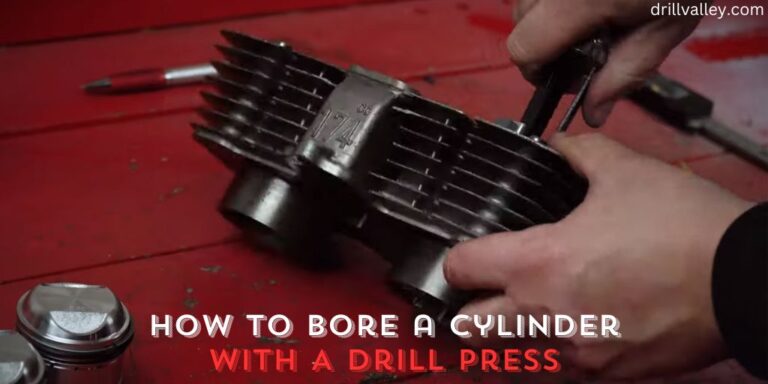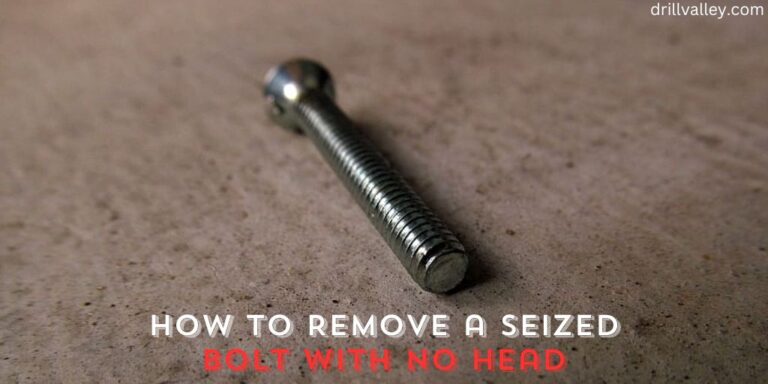How to Mark Blind Holes for Drilling
Drilling into materials with precision is a must-have skill, especially when you’re faced with the challenge of making blind holes. Blind holes are those that don’t go completely through the material, requiring an extra level of care to mark and drill them right.

This guide will walk you through the process of how to mark blind holes for drilling, a key step to ensure your work is accurate and effective.
Whether you’re a professional working on a critical project or a DIY enthusiast tackling a home improvement task, understanding how to mark blind holes accurately is essential for a successful outcome.
Why You Need to Mark Blind Holes for Drilling
Marking blind holes for drilling is not just a preparatory step it’s a necessity for precision and safety. When drilling blind holes, the depth and location must be exact to avoid damaging the material or the drill bit.
Proper marking ensures that you drill at the correct angle and depth, reducing the risk of splitting or cracking the material. This precision is especially crucial in industries where the integrity of the material can impact the safety and functionality of a final product, such as in mechanical engineering or construction.
Tools We Need to Mark Blind Holes for Drilling
When preparing to drill blind holes, the right tools are crucial. They ensure not only accuracy but also ease the process, making it more manageable and efficient. Here’s a list of essential tools that you should have on hand for this task:
- Center Punch: This tool helps in making a small dent as a guide for where to drill.
- Hammer: Used alongside the center punch to create the initial mark.
- Measuring Tape: Essential for measuring the distances and ensuring your marks are accurately placed.
- Calipers: These provide precision in measuring the diameter and depth of the hole to be drilled.
- Drill Guide: Aids in maintaining the correct angle and position while drilling.
- Depth Stop: A vital tool to control the depth of the drill, ensuring you don’t drill too deep.
- Marking Gauge: Useful for marking the outline of the hole accurately.
Having these tools at your disposal simplifies the task of marking blind holes for drilling. They don’t just make the process more straightforward they also add a layer of precision that’s crucial for quality work. Remember, the right tools not only make the job easier but also enhance the outcome.
How to Mark Blind Holes for Drilling (12 methods)
Marking blind holes accurately is a skill that greatly improves the quality and safety of your drilling work. Here are 12 methods that can be used:
Using a Center Punch
This simple tool is crucial for starting your drill hole. By creating a small dent, it guides the drill bit and prevents it from wandering.
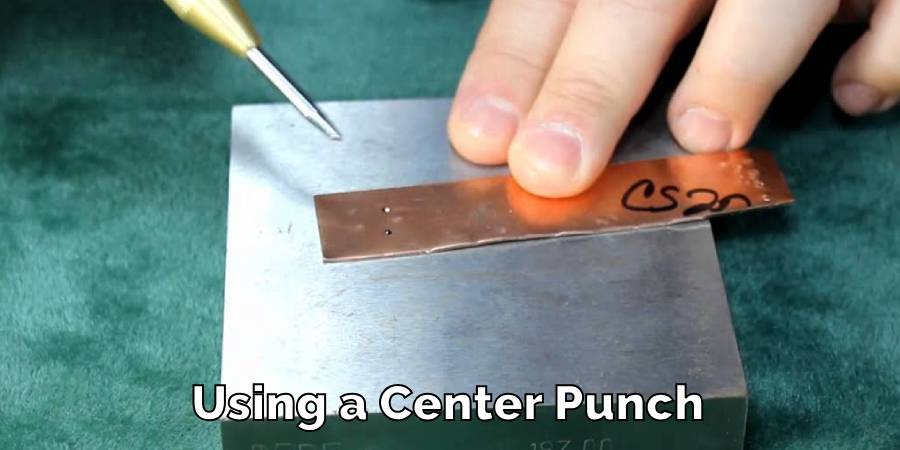
Calipers for Precision
Essential for exact measurements, calipers can help you mark the exact location and diameter of your hole, ensuring precision in every drill.
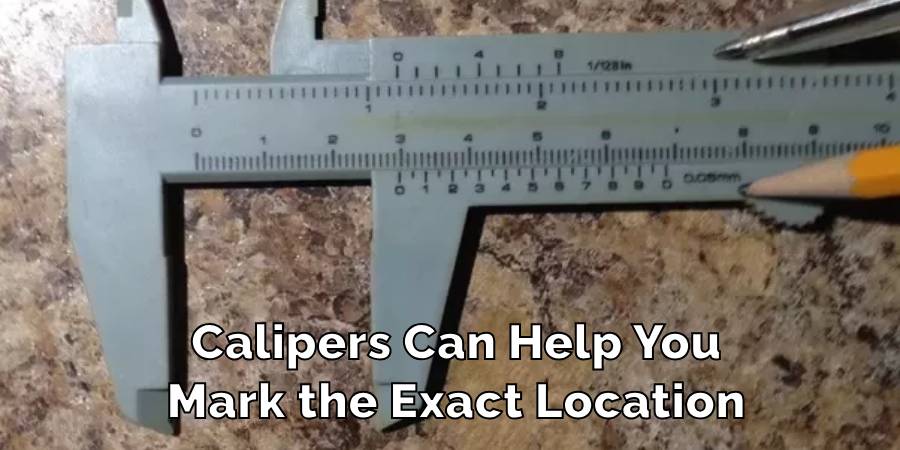
Depth Gauges
When depth is critical, a depth gauge comes in handy. It allows you to set and measure the depth of the hole, ensuring you don’t drill too deep and compromise the material’s integrity.

Pilot Holes
Starting with a smaller drill bit to create a pilot hole is a wise approach. It guides the larger bit and helps prevent material from splitting or the hole from misaligning.
Drill the Final Hole
Now, using the correct size drill bit for your project, drill into the material slowly. Keep an eye on the tape marker to ensure you don’t drill too deep.
Clean Up
After drilling, remove any debris or burrs around the hole. You might need a smaller drill bit or a file for a clean finish.
By following these steps, you can mark and drill blind holes accurately. Remember, the key to success is patience and precision. Take your time with each step to ensure your project turns out just as you planned.
Precaution While Marking Blind Holes for Drilling
Taking the right safety measures is crucial when marking and drilling blind holes. Here are some important precautions to ensure a safe and accurate drilling process:
- Always Wear Protective Eyewear: Safety comes first, and protecting your eyes is a must. Tiny fragments can fly off during drilling, so wearing safety glasses or goggles is essential to prevent any eye injuries.
- Ensure the Material is Securely Clamped Down: Stability is key. Before you begin marking or drilling, make sure your workpiece is firmly clamped to your work surface. This prevents any movement that could lead to inaccuracies or, worse, accidents.
- Double-Check Measurements Before Drilling: Accuracy in measuring cannot be overstated. Always take the time to double-check your measurements before you start drilling. This step ensures that your holes are drilled in the right place and to the right depth.
- Use Sharp, Appropriate Drill Bits for the Material: The right drill bit makes all the difference. Ensure you’re using a bit that’s not only sharp but also suitable for the material you’re working with. Dull or inappropriate bits can lead to poor results and can be dangerous.
- Check Your Tools Before Starting: Inspect your tools for any damage or wear. This includes checking the condition of your center punch, calipers, drill bits, and any other equipment you plan to use.
- Maintain a Clean Workspace: Keep your working area free of clutter and unnecessary items. A clean workspace helps reduce the risk of accidents and allows for better concentration and precision.
- Be Mindful of Your Surroundings: Be aware of where you’re working, especially if you’re in a shared space. Ensure that others are at a safe distance and aware that drilling work is being conducted.
- Take Breaks When Needed: Don’t overlook the importance of taking breaks, especially during lengthy projects. Fatigue can lead to mistakes, so it’s important to stay fresh and alert.
By following these precautions, you can mark and drill blind holes more safely and effectively. Remember, taking the time to prepare and proceed with care not only enhances the quality of your work but also ensures your safety and the safety of those around you.
FAQ’s
How Do You Mark a Bolt Hole to Drill?
To mark a bolt hole accurately, use a center punch and a hammer. Position the tip of the center punch at the desired drilling point and then gently tap it with the hammer. This creates a small indent or guide point that helps the drill bit to start at the exact spot without slipping.
How Do You Mark Holes in Metal for Drilling?
When working with metal, marking needs to be clear and precise. A scribe or a sharp metal marking tool works best for this. These tools allow you to make a thin, precise line or dot on the metal surface, offering visibility and accuracy when you start drilling.
How Do You Calculate Bolt Hole Circles?
Calculating a bolt-hole circle involves measuring the circle’s diameter and dividing it by the number of holes. Use a caliper for precise measurement. For instance, if your circle is 100mm in diameter and you need 4 holes, divide 100 by 4 to get the spacing for each hole.
What Tool Is Used to Produce Blind Holes?
A drill press equipped with a depth stop is ideal for creating accurate blind holes. The depth stop allows you to set the exact depth you need, ensuring that each hole is consistent and doesn’t go all the way through the material.
What is the Tap Drill Depth for Blind Holes?
The tap drill depth for blind holes should be the total depth of the hole minus half the diameter of the tap. This allows enough space at the bottom of the hole for the accumulation of chips and ensures that the tap can thread the hole effectively.
Conclusion
Mastering the technique of marking blind holes for drilling is a fundamental skill for anyone working with drills, be it in a professional or personal capacity. The precision in marking not only influences the quality of the drilling but also ensures safety and material integrity.
By following the methods outlined in this guide, you can achieve accurate and effective results in your drilling projects. This article has explored how to mark blind holes for drilling.
Remember, the key to success lies in careful planning, precise marking, and using the right tools for the job. With these skills in your arsenal, you’ll find that drilling blind holes is not just a necessary task, but an achievable one, leading to flawless results every time.
Can You Use Impact Driver Bits in A Drill
Knowing whether you can swap impact driver bits into a regular drill matters more than…
Can You Drill Into Popcorn Ceiling
Wondering Can You Drill Into Popcorn Ceiling for your next home improvement project? Popcorn ceilings,…
Can You Drill Into Walls in A Rental?
Renting an apartment brings the challenge of personalizing your space within the confines of rules…
Can I Use a 1/4 Drill Bit Instead of 7/32
When you’re elbows deep in a project and suddenly realize the 7/32 drill bit you…
Can You Drill Concrete Without A Hammer Drill
Drilling into concrete requires both precision and the right tools, notably a hammer drill and…
Can You Use Different Brand Drill Bits?
The right drill bit size is crucial for any project, big or small. It’s the…
